Best hydration packs for mountain biking 2025 – comfortable ways to carry water and essential kit
Our test team list the 10 top-rated hydration back and hip packs for MTB and off-road cycling
The best hydration packs for mountain biking are a great option for keeping hydrated while on the bike. The majority of the best mountain bike frames are capable of carrying at least one or two bottles, but with modern bike geometry and suspension the size of the bottle and therefore amount of liquid you can carry may sometimes be limited. The best gravel bikes have plenty of mounting points, which can allow more options for carrying more liquid, but can be awkward to access if you're on the go or in the midst of a gravel race.
Hydration packs can make it easy to top up on essential fluids while riding and can also carry plenty of other items, like the best multi-tools, spares, and food easily in one place. So even if it's just a short evening blast around the local trails or heading out on a multi-day bikepacking adventure, adding one of the best hydration packs to your off-road setup is well worthy of consideration when upgrading your kit.
There are plenty of options available and they come in all shapes and sizes, ranging from the best mountain bike backpacks to low-profile runner-style vests and the best MTB hip packs.
Below we've compiled the best packs to help you pick out the most suitable hydration packs for mountain biking available today. Our top pick is the super-comfortable Evoc Hip Pack Pro 3L, and our value choice is the feature-packed Camelbak HAWG Pro 20. If you're unsure what to look for when buying a hydration pack, we've also answered some FAQs at the bottom of this guide.
The quick list
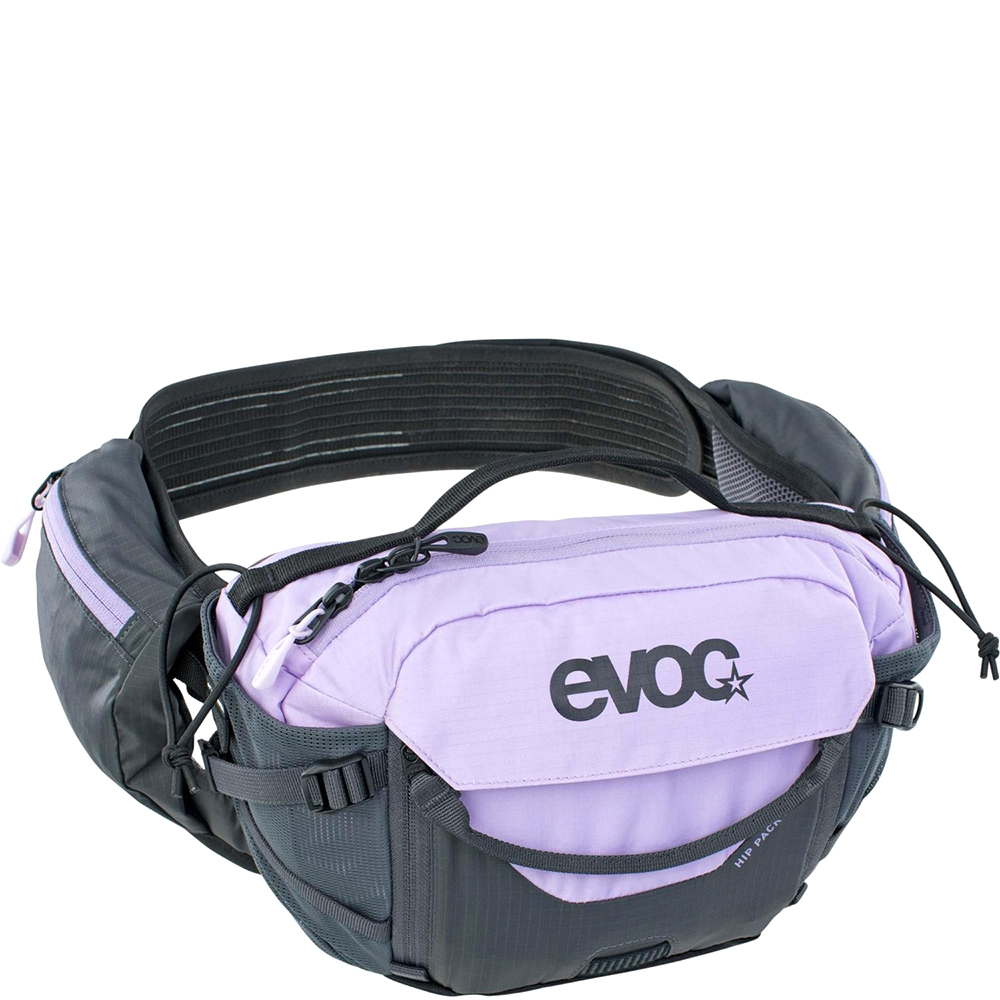
Best overall hydration pack
The Evoc Hip Pack Pro has tons of storage capacity throughout including dedicated tool storage with individual organizing pockets.
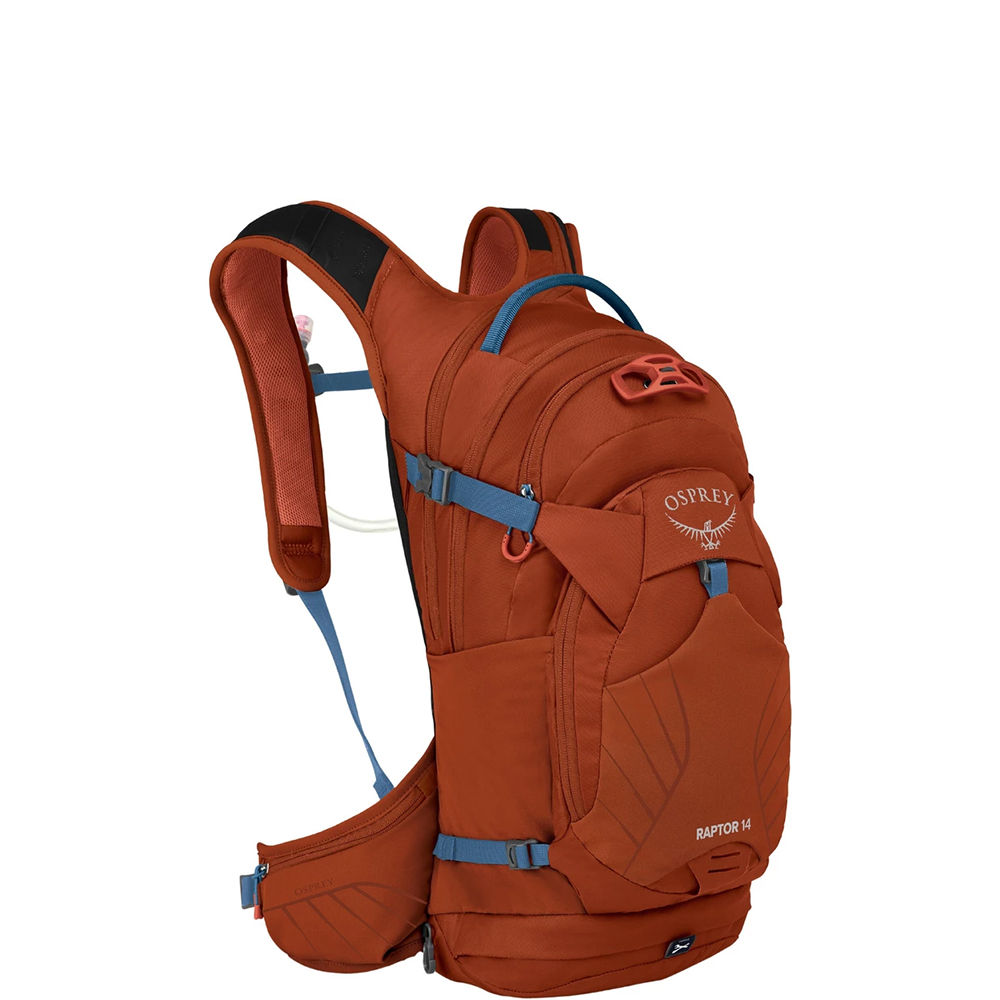
Best all-round pack
The Osprey Raptor 14 ticks all the boxes and has a host of all-round performance features.
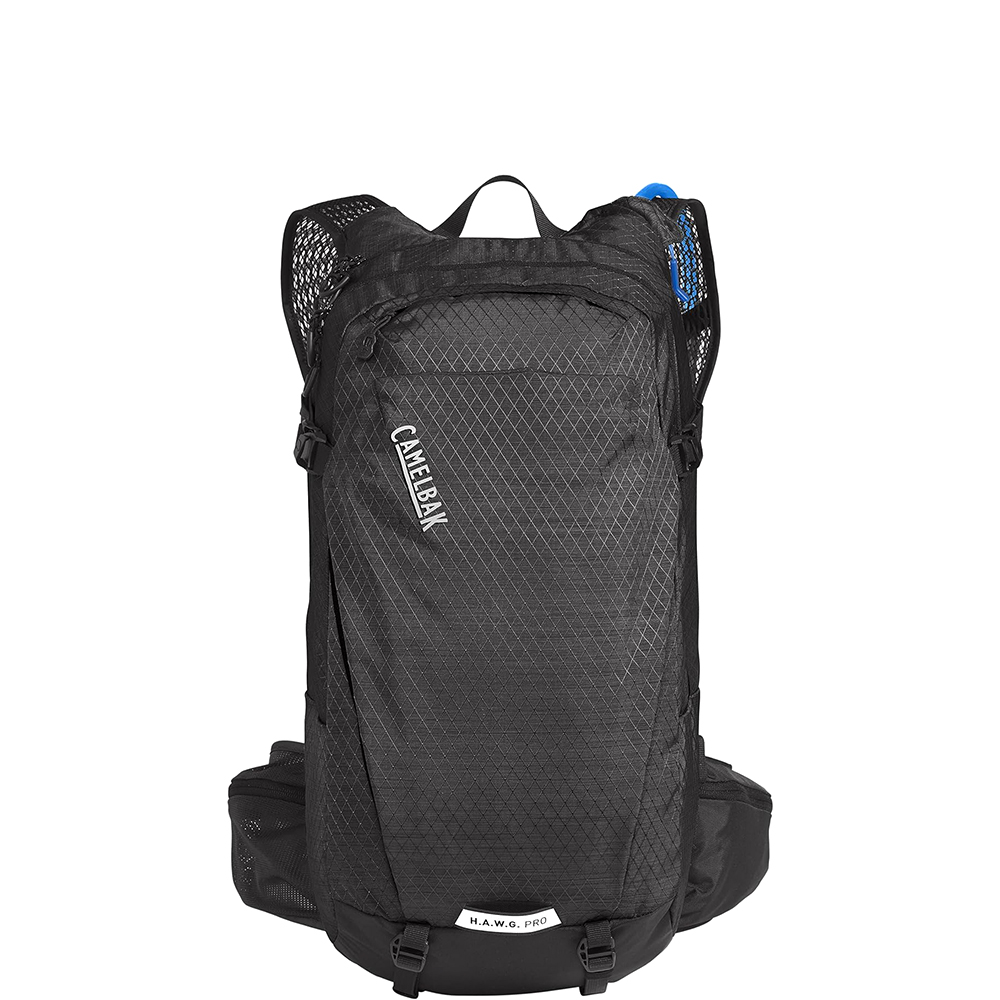
Best value pack
Camelbak's Hawg Pro 20 is a feature-packed hydration pack with improved ventilation courtesy of the Air Support Pro Back Pane.
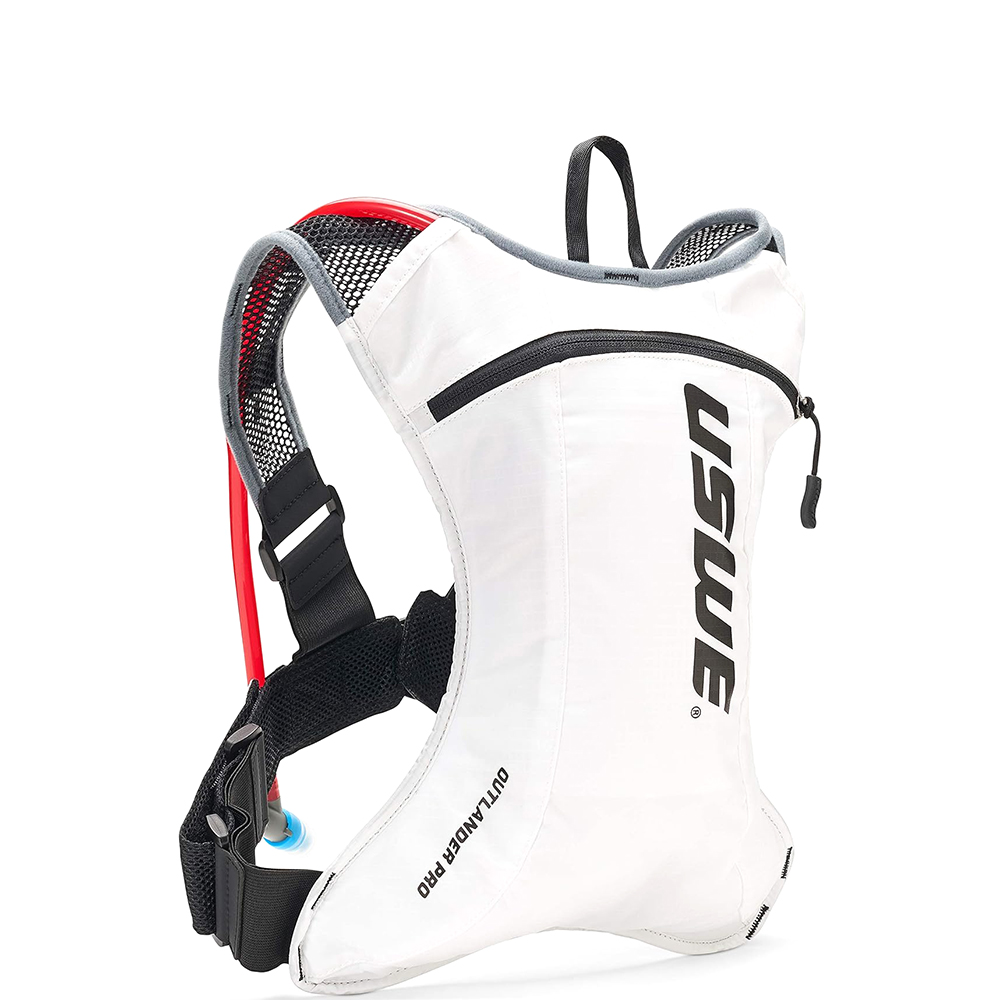
Best lightweight pack
The USWE Outlander 2 is a bladder wrapped in some tough ripstop material and just has enough room for an internal pocket for a puncture repair kit and a multitool.
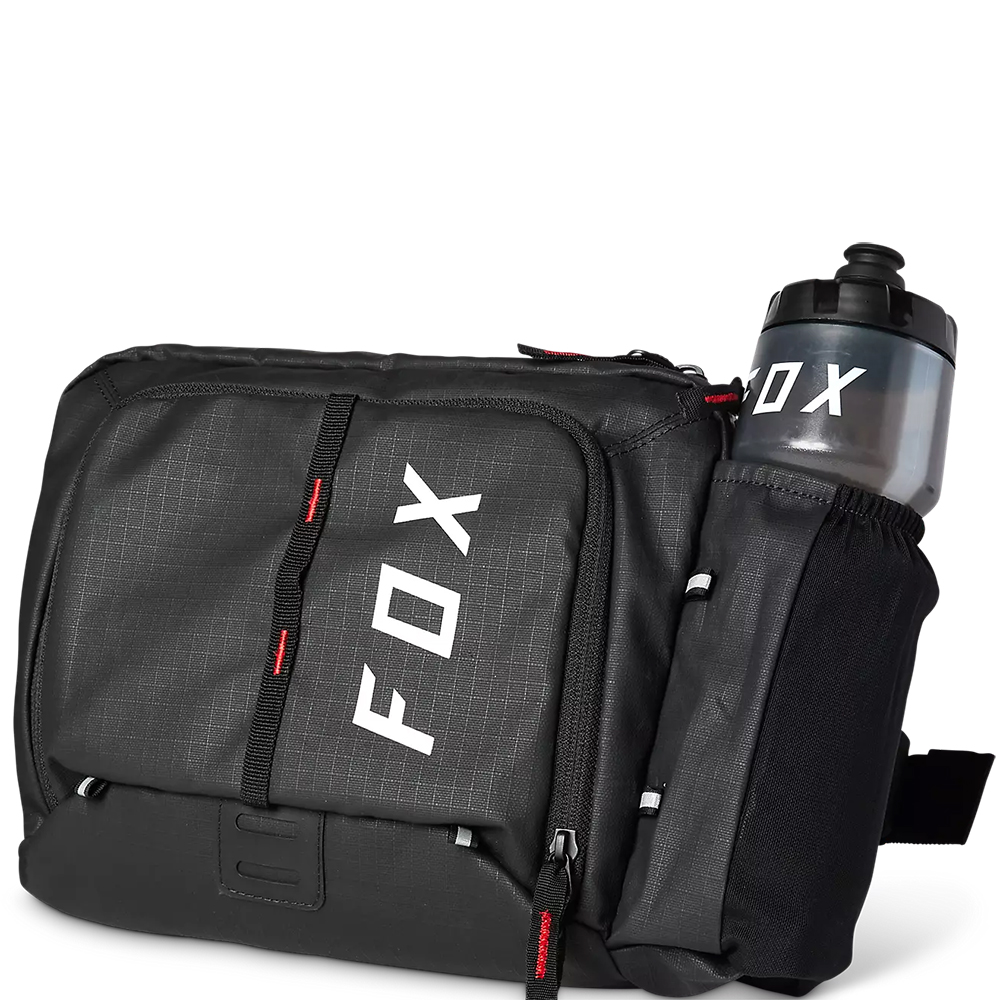
Best for storage
With five liters of overall cargo space and a two-liter HydraPak reservoir, Fox’s hip pack is a great compact carry-it-all solution.
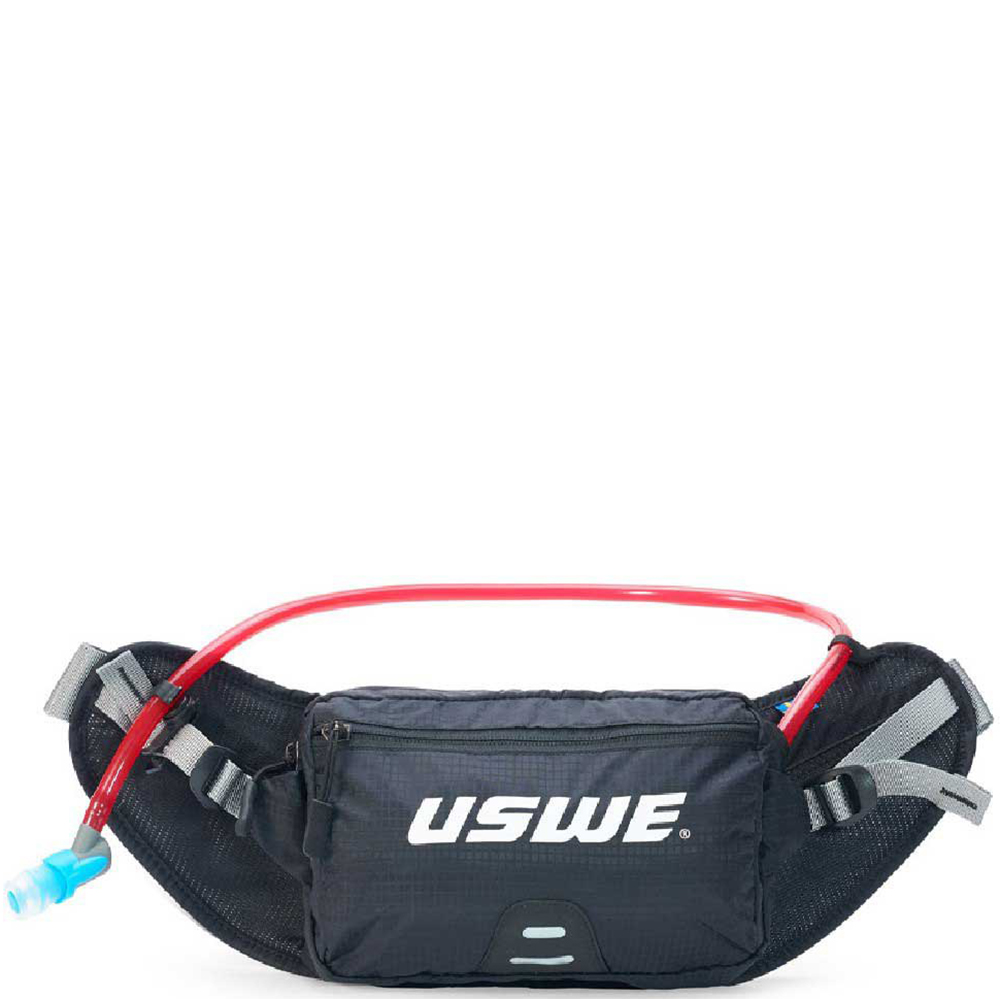
Best for quick rides
An excellent smaller-sized hip pack that's ideal for strapping on for shorter trail blasts.
See the next 4 hydration packs ↓
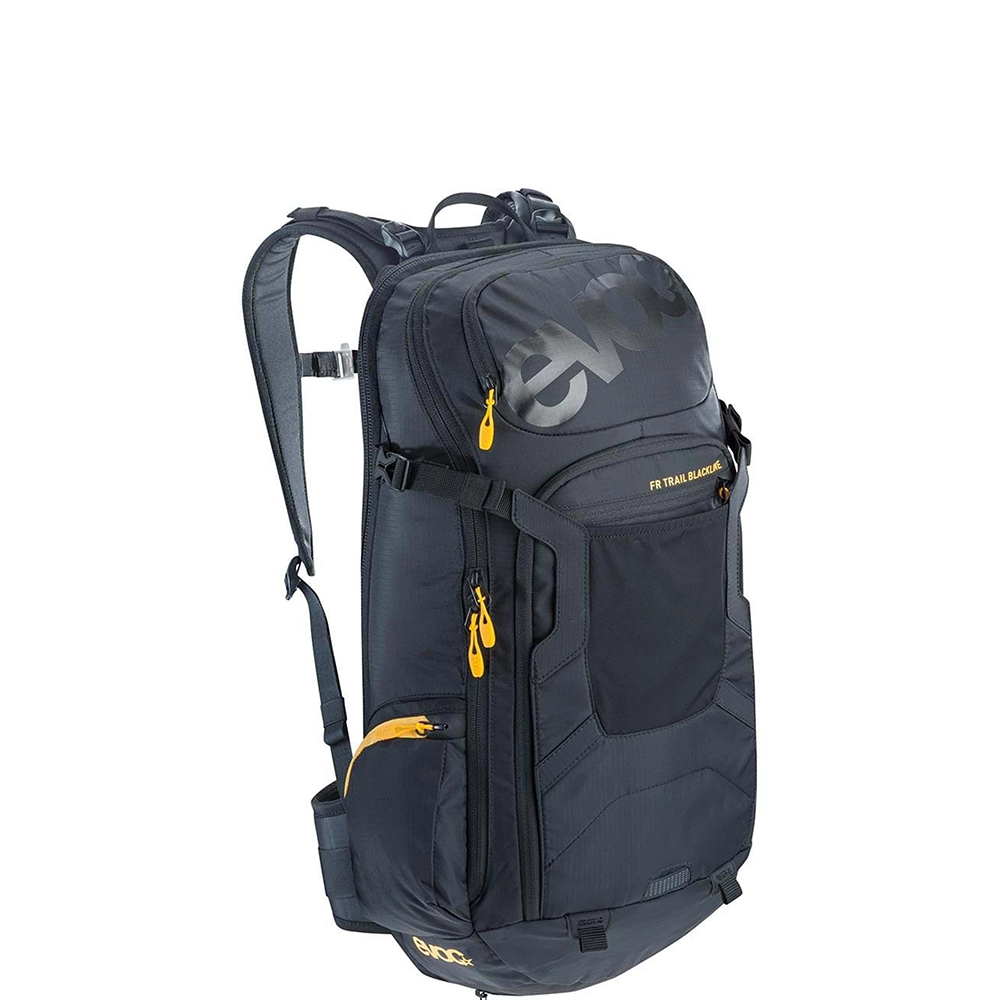
Best for back protection
This 20-liter pack comes with an assortment of gear carrying options for organized storage and an in-built spine protector.
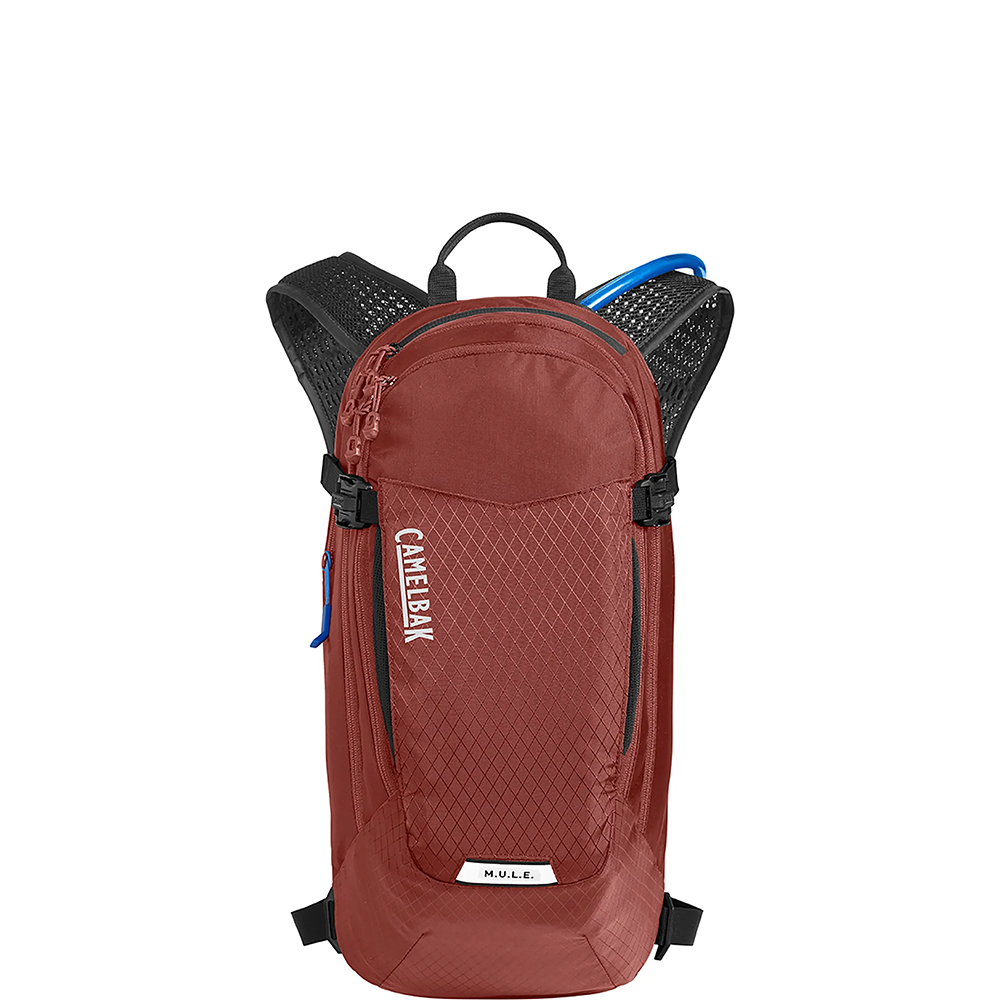
Best for build quality
The classic MTB hydro pack has been updated with extra storage sections and improved back ventilation.
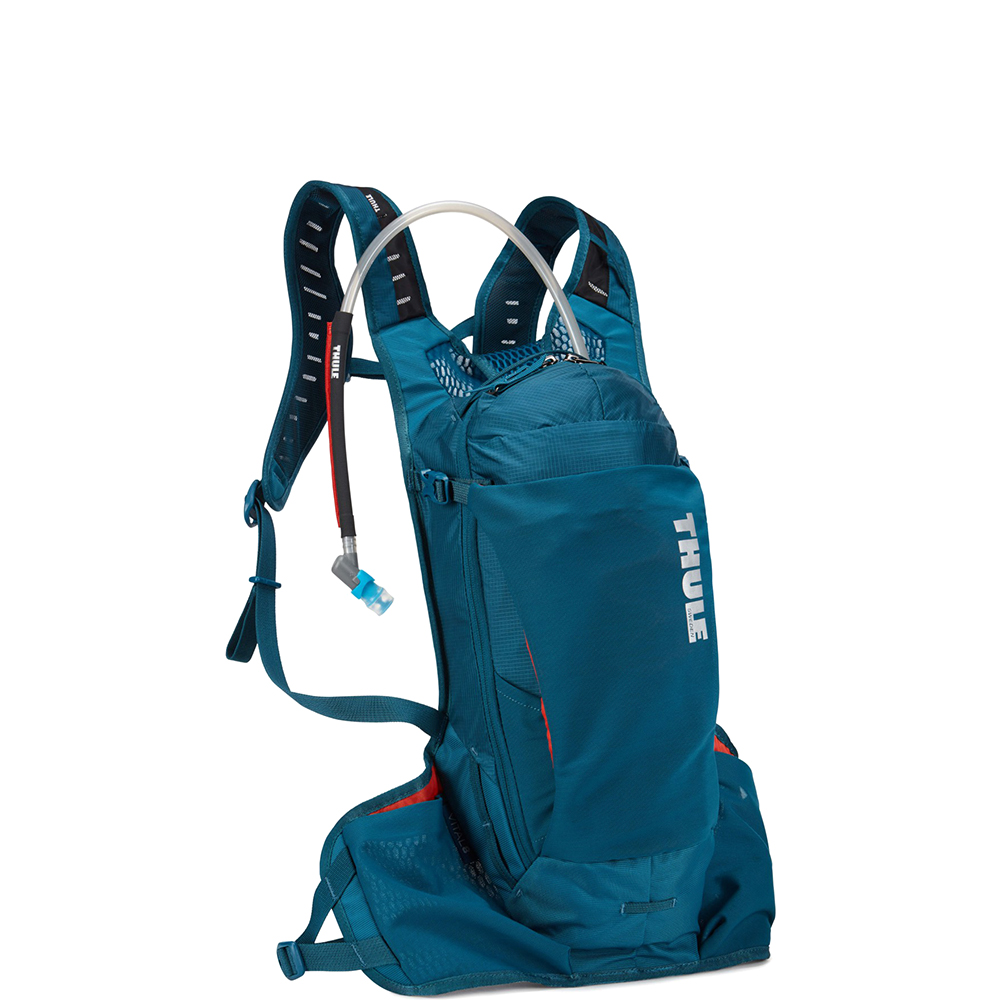
Best for quick access
An eight-liter bag with jersey-style pockets for access on the go, and an excellent magnetic hose keeper.
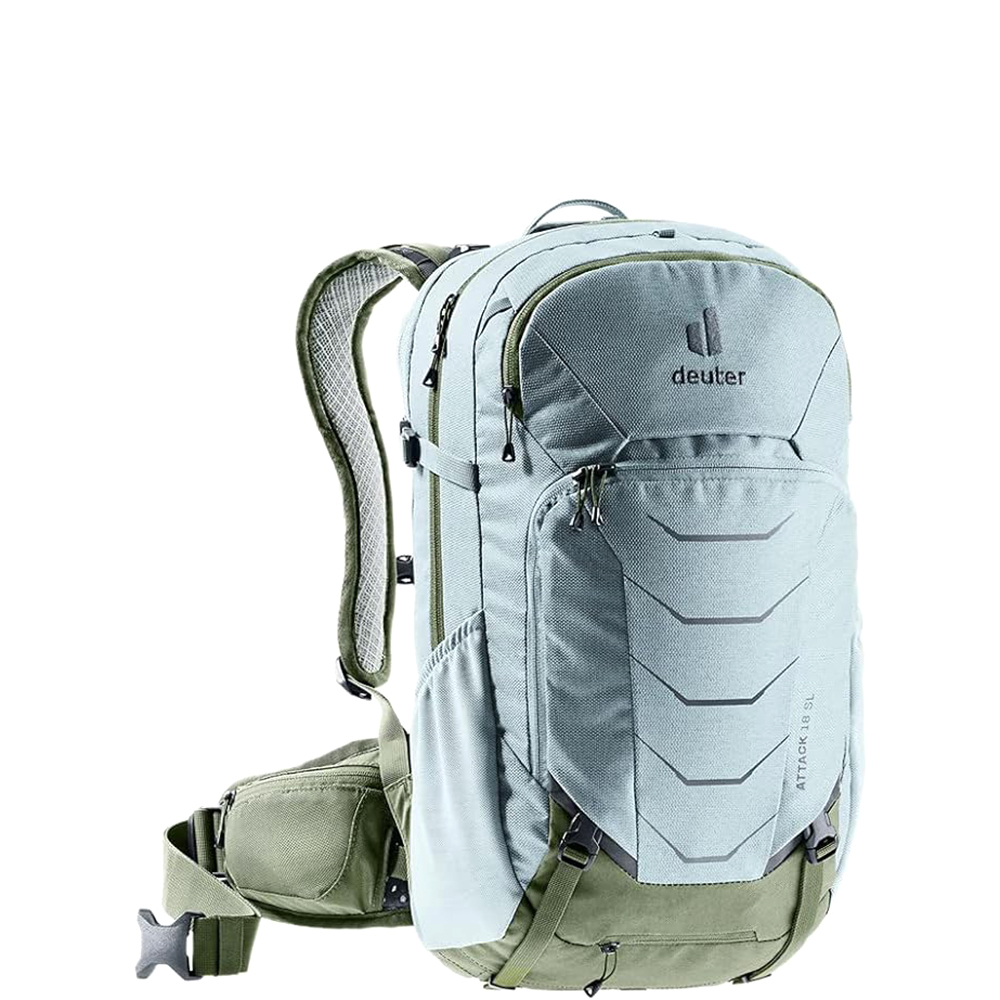
Best for women
The Deuter Attack 18 has a women-specific cut and a viscoelastic foam spine protector.
The best hydration packs for for mountain biking
Why trust BikePerfect
1. Best overall
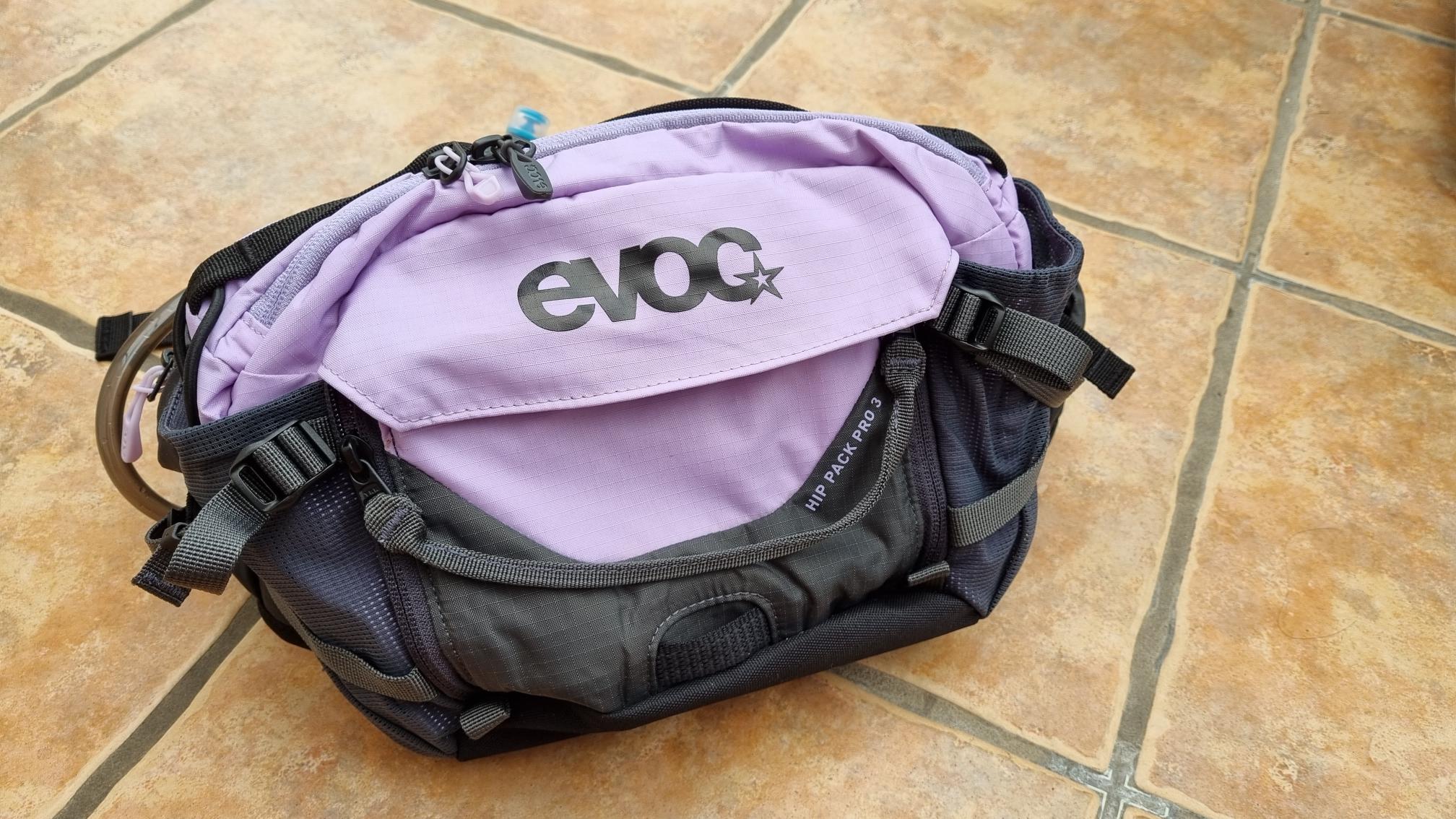
Specifications
Reasons to buy
Reasons to avoid
While many of the best hydration packs in this guide are meant to be worn on your back, if you hate getting a sweaty back and would rather keep pack weight around your waist, then a hip-mounted hydration pack is a far better option.
The Evoc Hip Pack Pro 3L is our best overall hydration pack for its well-designed and well-thought-out storage space, our tester Mildred Locke said, "The Evoc is superb at organizing your ride essentials and is also great at keeping your phone safe in a fully waterproof pouch."
Doing what it's designed to do with ease, the Evoc weighs just 453g. It comes with a 1.5-litre bladder and has room for another two water bottles if required. In her testing, Mildred noted that as well as plenty of water capabilities, the Evoc also has loads of room for an extra layer, a spare inner tube, and a mini hand pump. The smaller pockets on the hip wings can store snacks, plus you can use the carabiner to store your keys safely.
The Evoc also delivers on the comfort front and gives plenty of loaded support and Mildred pointed out that she hardly noticed it once it was in place, saying, "It has a lovely wide and stretchy belt, which secures well and feels immensely comfortable."
For more reasons why we make this pack our best overall, check out our Evoc Hip Pack Pro 3L review.
2. Best all-rounder
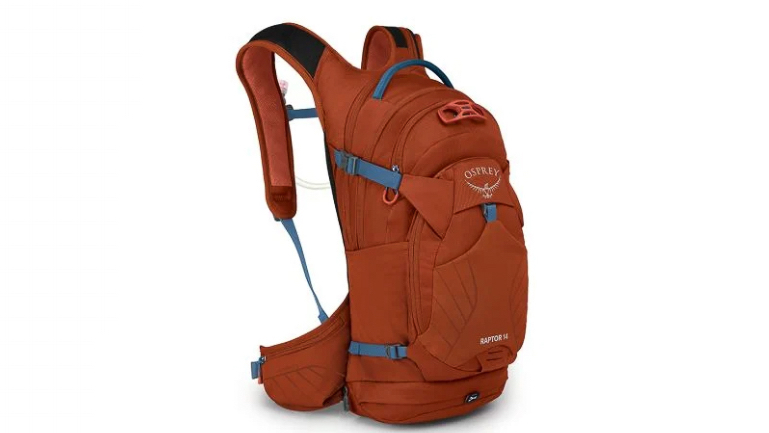
Osprey Raptor 14
Specifications
Reasons to buy
Reasons to avoid
The Osprey Raptor 14 is a great all-rounder choice featuring a BioStretch harness and hip belt aimed at delivering maximum comfort and comes with the brand's 2.5-liter hydraulics reservoir designed to reduce annoying mid-ride sloshing.
The hydration sleeve has a zippered pocket, and the hose can be routed over either shoulder with a magnet anchor on the sternum strap to prevent the bite valve from swinging around.
With a second zippered pocket for tools and food, there's also a stretch mesh front pocket perfect for storing for example your best waterproof MTB jacket or for dropping layers.
The bag weighs in at a claimed 800g, gets Osprey’s LidLock helmet carry system and small zippered pockets on the hip belt are perfect to carry snacks or your phone.
We think the Raptor's best feature is a cleverly designed removable tool roll to keep everything organized.
3. Best for value
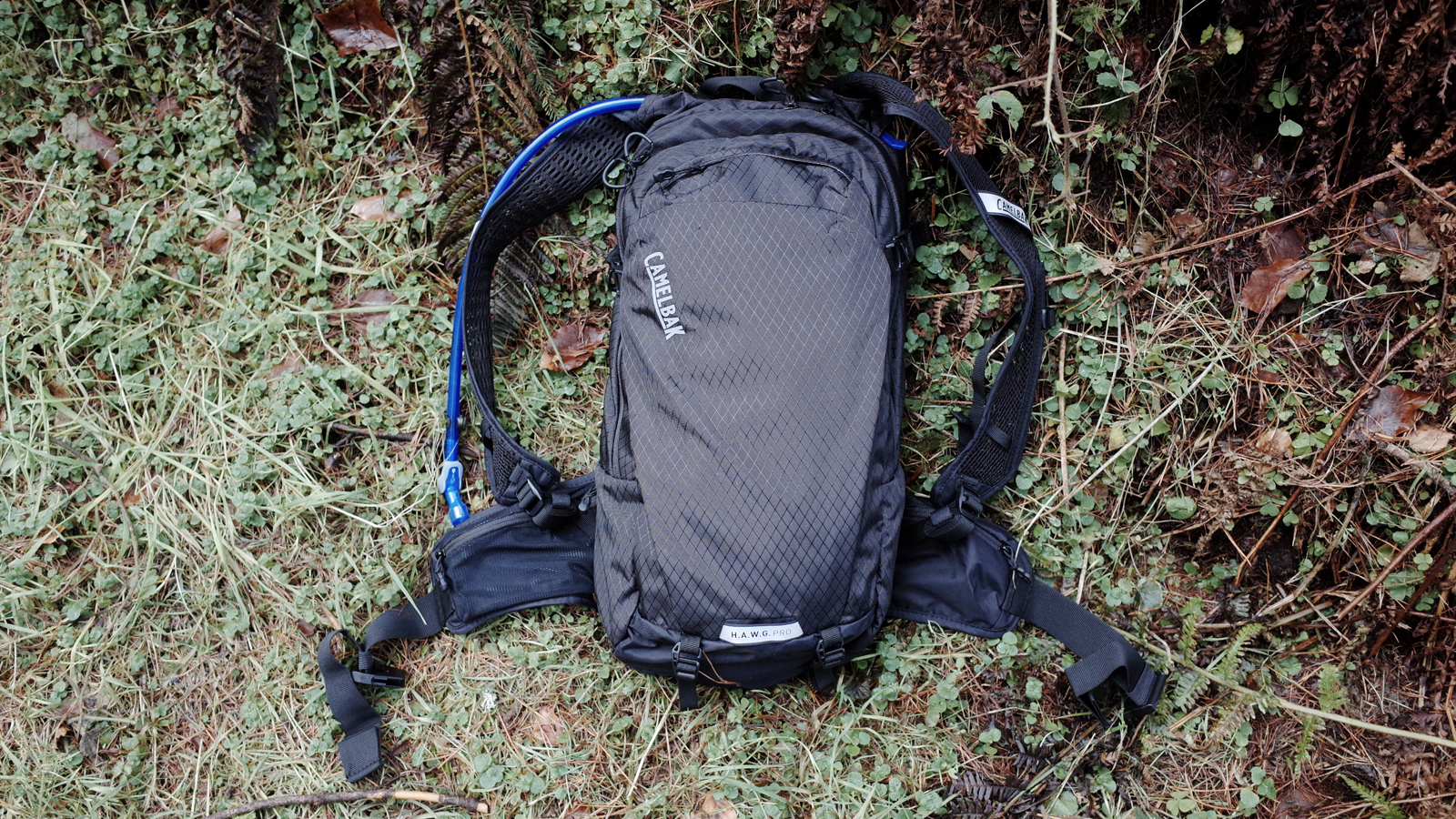
Specifications
Reasons to buy
Reasons to avoid
HAWG stands for ‘Holds Allotta Water and Gear’ and the newest HAWG Pro is the main contender if you're looking to carry everything you need on a big day out on the trails. Graham Cottingham on review said, "The HAWG Pro is packed with useful features and extras." and also, "The HAWG Pro is the culmination of development from a long line of bag evolution, and it feels like Camelbak has thought of everything."
Although it may initially seem expensive, the plethora of features, which includes a 3 liter Camelbak bladder and tool roll, plus improved ventilation courtesy of the Air Support Pro Back Panel, makes it a great value purchase when it comes to price versus performance.
The only real negative was the weight, which is 1,412g even before you add a day’s worth of water. However, Graham added, "The stability and support of the bag are superb – even when fully loaded.
Find out more reasons why it's a top pack it in our Camelbak HAWG Pro 20 review.
4. Best lightweight pack
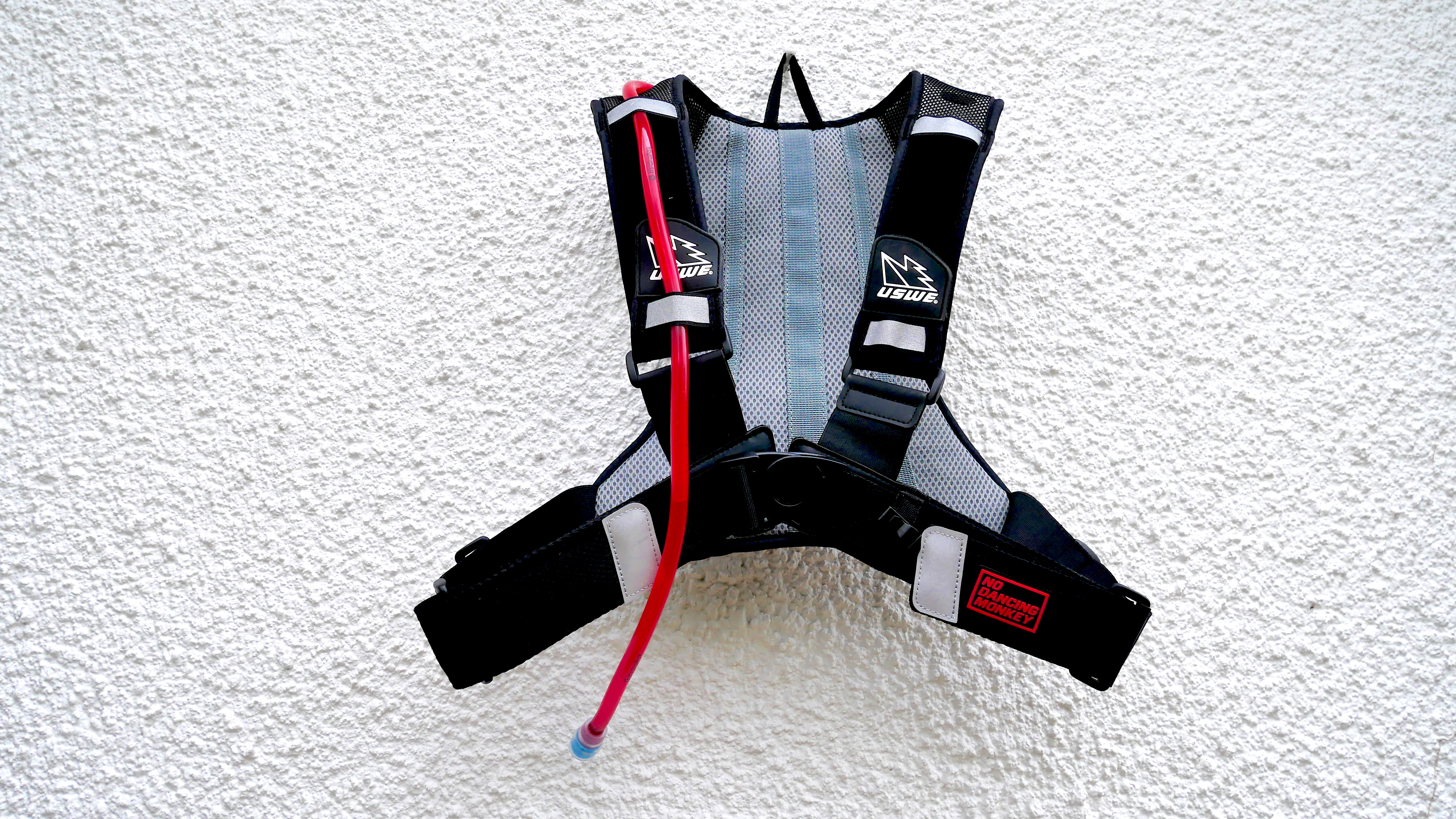
Specifications
Reasons to buy
Reasons to avoid
The USWE Outlander 2 is a hydration pack and nothing more. It carries 1.5 liters of water and has a single, zipped internal pocket with just about enough room for a puncture repair kit and a multitool.
The result is a physically small and lightweight pack, weighing in at 417g which our tester, Steve Williams, pointed out sat high up on his back, which helped a fair bit with keeping him cool. It's also built from a ripstop fabric with Steve noting that the material was quite thick and that it also had a rubberized patch to protect the bottom of the pack. It meant durability was impressive and USWE also recommends this for off-road motorcycle use, which he seemed to think it would cope with easily.
Find out more about the USWE Outlander 2 in our review.
5. Best for storage
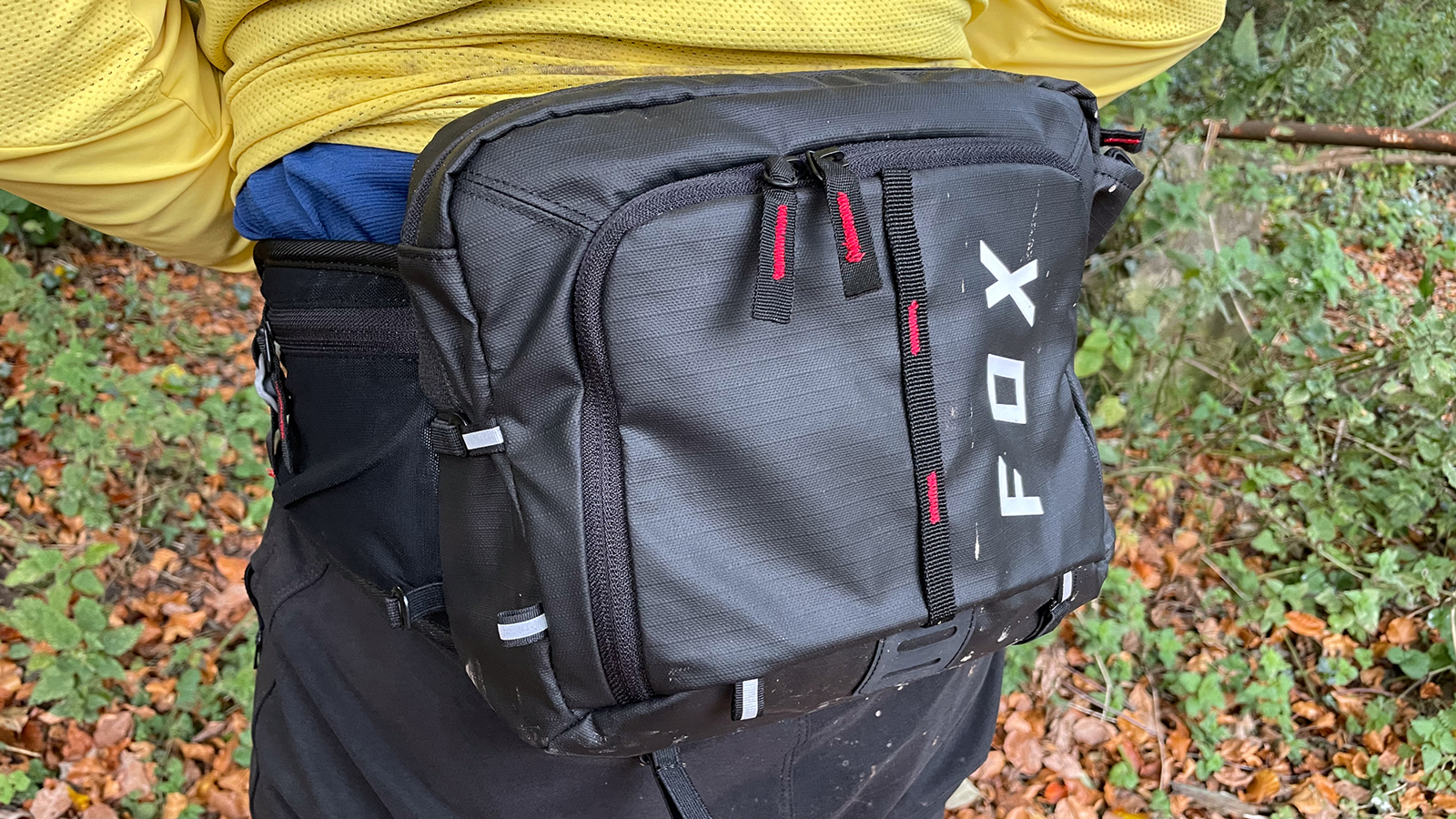
Specifications
Reasons to buy
Reasons to avoid
The Fox 5L Lumbar Hydration Pack is a feature-packed hip pack and has room for a 2-liter reservoir – but also has a capacity of up to 5 liters to carry plenty of other riding essentials.
On review, our tester Mike Kirkman found the Fox Lumbar to be "well sorted in almost every department." and he found the Fox ripstop material to be "tough and water resistant". However, Mick also pointed out that although the capacity was good and had very well-organized compartments for its size, it could be slightly limiting if you have odd-shaped items along for the ride.
Elsewhere, notable points that ticked the boxes during testing were the mesh stash pocket that allowed for easy access to tools, snacks, or anything stored in there without the need to take the pack off. The bottom and both sides of the pack also feature useful, elasticated straps that can be useful to lash on extra layers or whatever you need quick access to.
For all the details, check out Mick's full Fox 5L Lumbar Hydration Pack review.
6. Best for quick rides
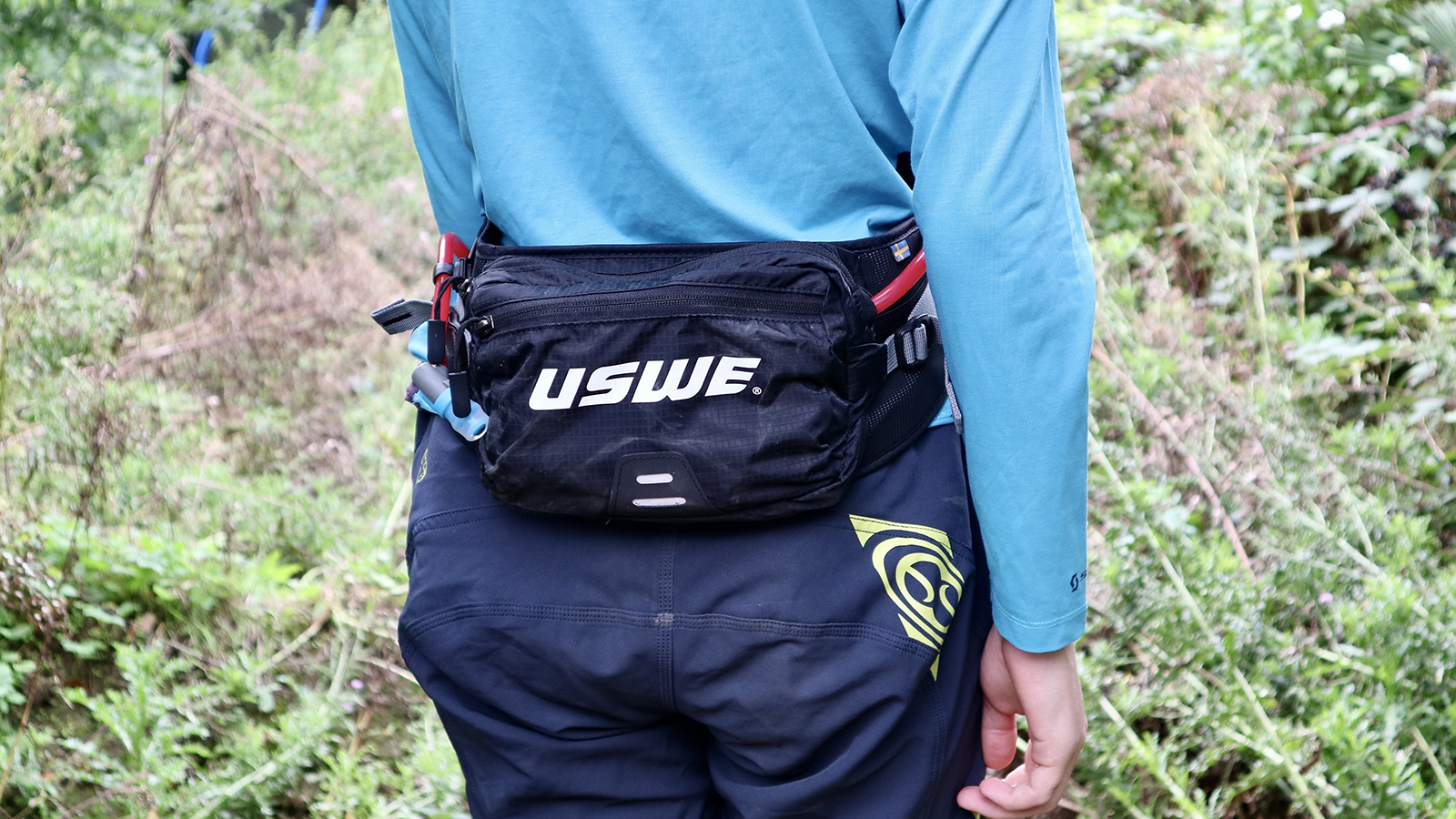
Specifications
Reasons to buy
Reasons to avoid
The Zulo 2 Hydration Hip Pack is a compact and lightweight pack with a 1-liter reservoir which is perfectly suited for quick blasts and shorter rides.
Paul Burwell on review liked its slightly odd 'banana shape' that made for a "snug, secure and stable fit." Paul also added that even when fully loaded there was very little movement.
Paul was full of praise for the main body of the pack made from rip-stop nylon, which he found to be "flexible but also extremely hard wearing." and that its two zipped pockets – one for the reservoir, the other for tools and food performed well, with thought-out mesh sleeves that allowed for safe tool storage away from vulnerable items like a phone screen. The Zulo 2 has two side pockets on the belt which means easy access for mid-ride items like gels or energy bars.
For more reasons why Paul loved this hydration pack, check out the USWE Zulo 2 Hydration Hip Pack review.
7. Best for spine protection
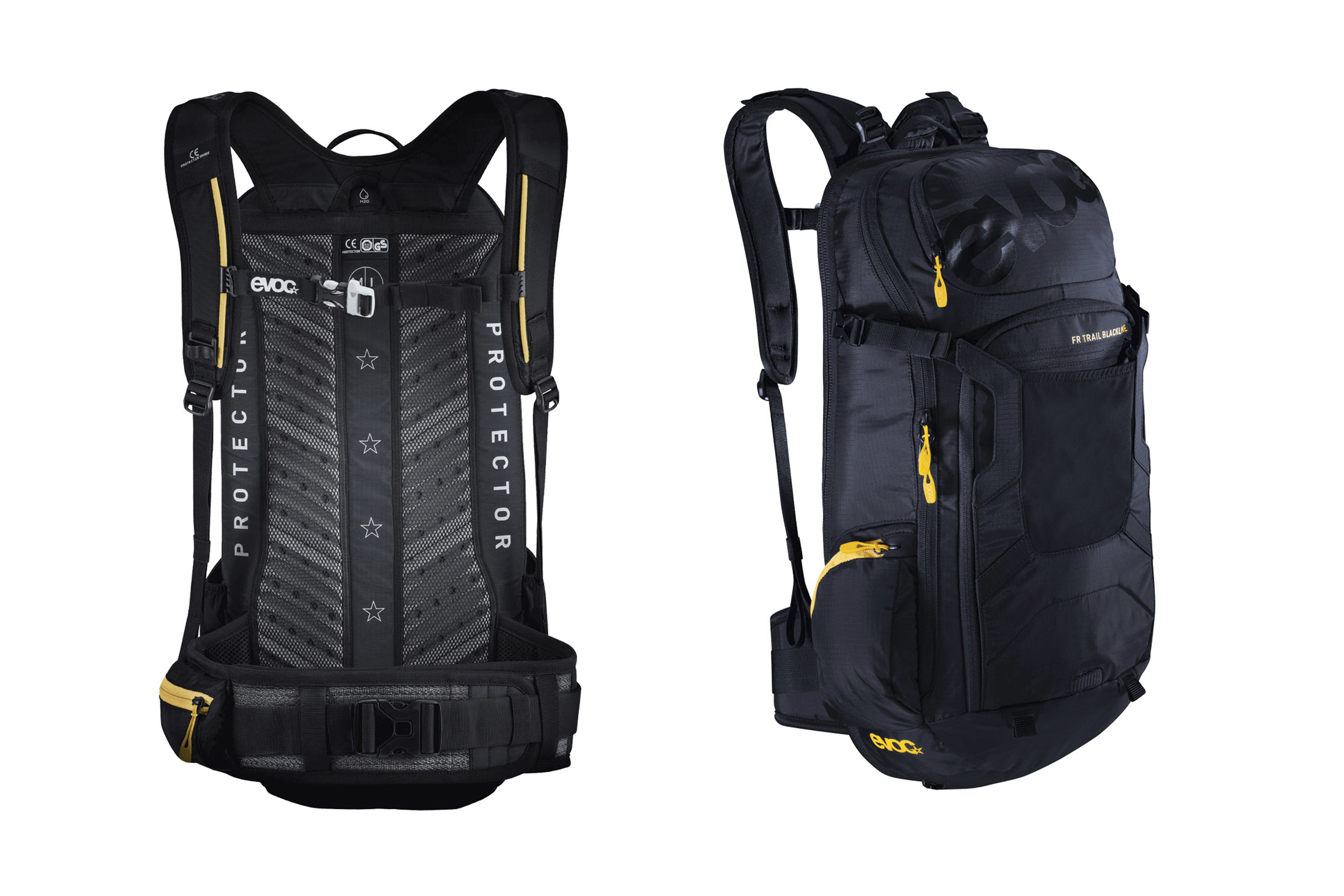
Evoc FR Trail Blackline 20
Specifications
Reasons to buy
Reasons to avoid
With a massive 20 liters of storage space, the Blackline is a stealthy-looking hydration pack that comes with an added spine protector for those riders who like to get a bit rowdy. The included Lite Shield back protector is made from PV foam and segmented EPS, meeting both the TUB and CE certification standards.
The bag is a bring-your-own bladder type and will accept up to a 3-liter reservoir. To take advantage of the back protector, the pack fits close to the body, but features channeling to allow a bit of airflow over your back. It still feels far lighter than 1,400g.
Inside the main pocket, there are smaller mesh dividers to separate your gear and on the rear of the bag there are provisions to carry a helmet and it can easily carry even the best full-face helmets.
8. Best for build quality
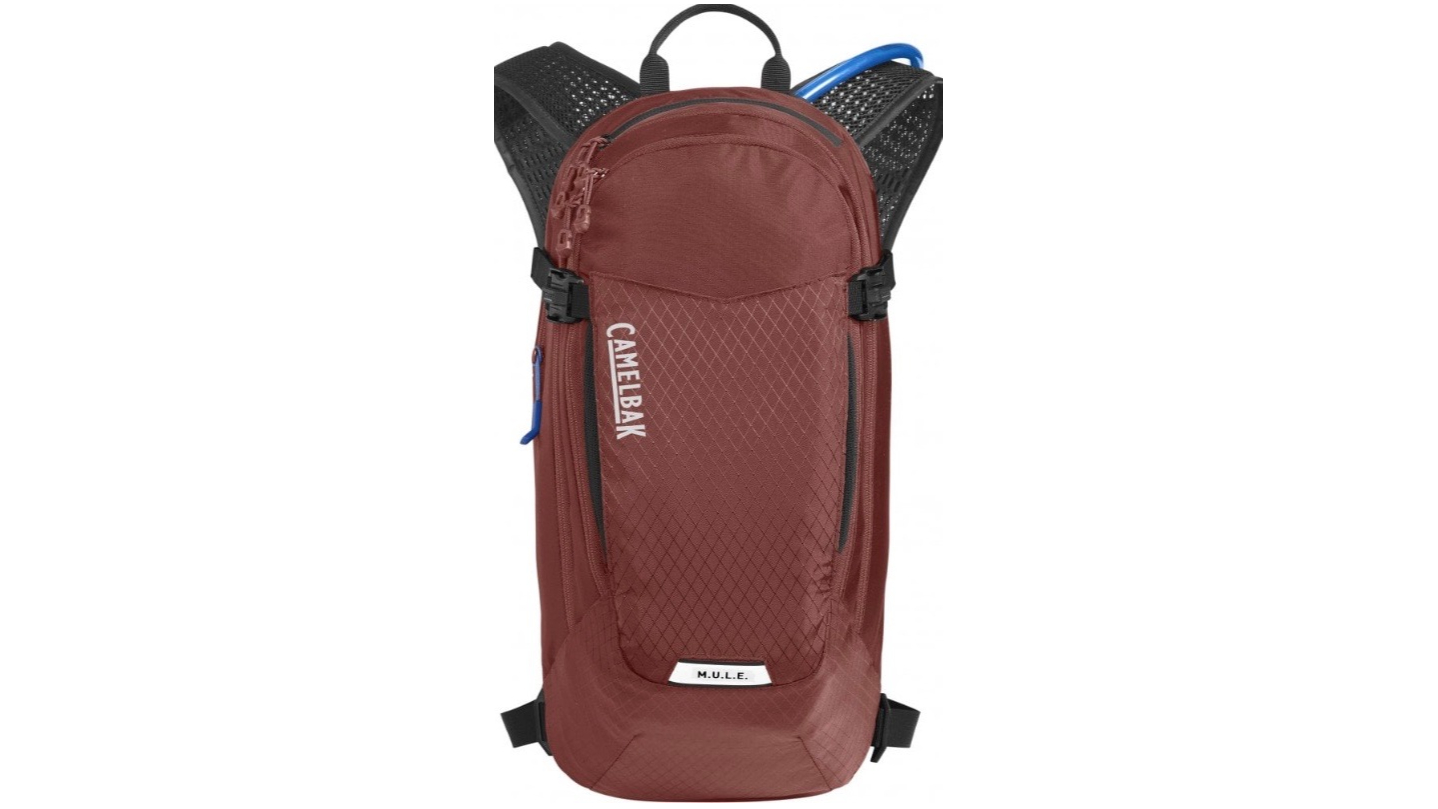
Camelbak MULE
Specifications
Reasons to buy
Reasons to avoid
The MULE was originally launched in 1996 when it was basically just a backpack with a few zippered pockets and a bungee on the rear.
The latest version has three zippered pockets including an insulated section just for the Crux 3.0 liter reservoir. The gear pocket features a zippered pouch near the top and mesh dividers and elastic loops to wrangle your tools.
Elsewhere, a magnetic trap keeps your tube secure and accessible when you need it and it's easy to stash or shed an extra layer in the front Stretch Overflow Pocket.
The rear of the bag employs what Camelbak calls the Air Support back panel which uses foam and mesh to ensure your jersey stays dry and sweat-free.
On the outside, there are nifty helmet carry clips, and the front flap is big enough to hold the best bikepacking or gravel jacket. The whole thing is so cleverly designed, that we wouldn't be surprised if the MULE is still around in another 30 years.
9. Best for quick access

Thule Vital 8L
Specifications
Reasons to buy
Reasons to avoid
Thule has been making bags for a while and the Vital 8 is a unique take on the low-rider hydration pack.
Although it has only 8 liters of storage, you can stuff a surprising amount of gear in the bag, especially with the stretch-mesh pocket at the rear.
The waist belt has two quick-access jersey-style pockets that can accommodate both snacks and tools so you can easily reach back to grab what you need while riding.
Inside, there's a fleece-lined pocket for valuables and the main compartment sees a sleeve for the bladder as well as various mesh pockets and loops to keep everything neat and tidy.
The hose is routed over the right shoulder with the last few centimeters shod in an elastic sleeve with magnetic panels sewn in – it's by far the best magnetic hose keeper we've come across.
10. Best for women
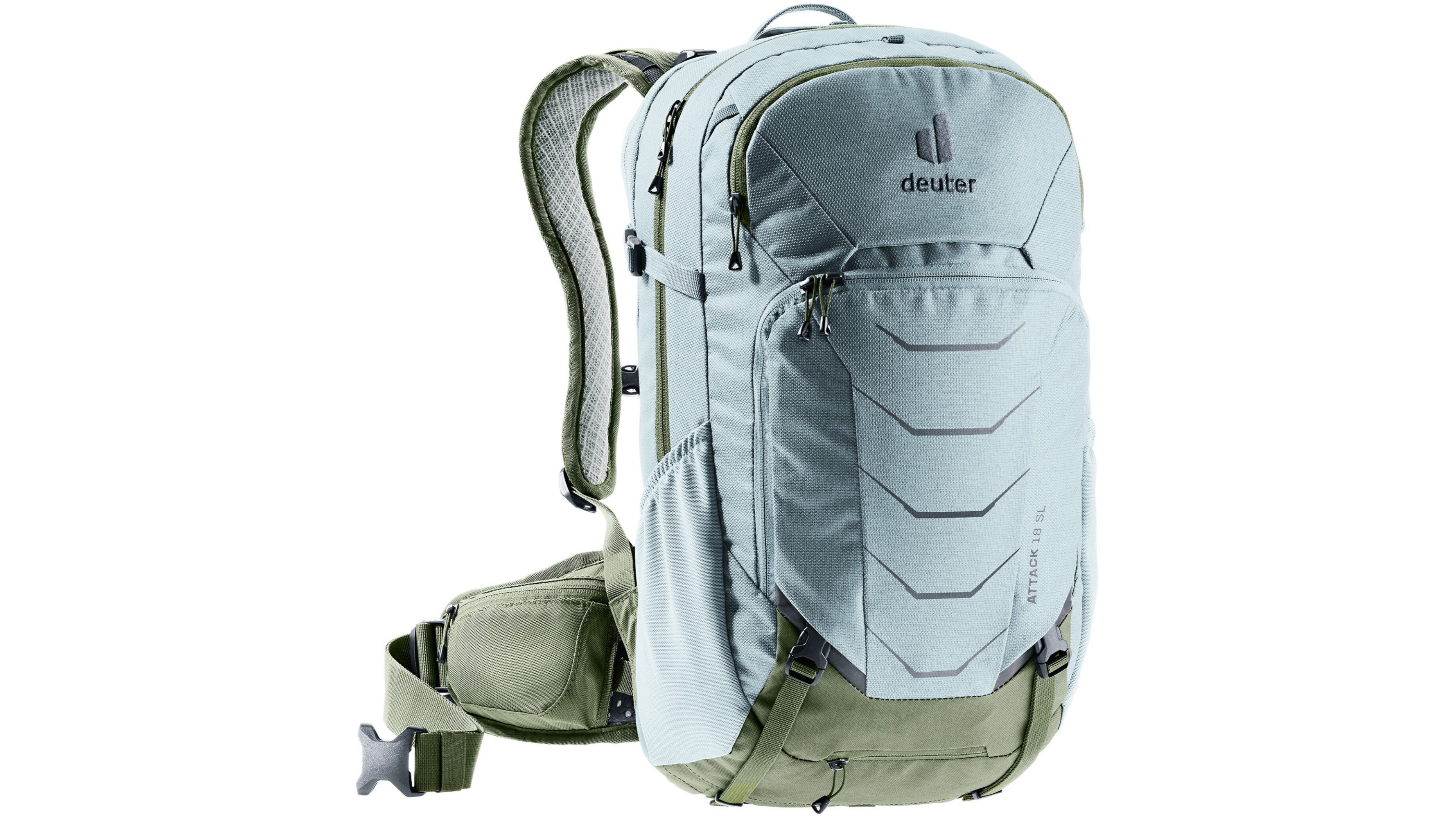
Deuter Attack 18 SL Women's
Specifications
Reasons to buy
Reasons to avoid
Designed specifically for female riders the Deuter Attack 18 is shorter than the men’s version (check out Bike Perfect's in-depth review of the Deuter Attack 20), but has all the same features including the brand’s Shield system, which is a CE-certified back protector made from viscoelastic foam. The back protector comes in a range of sizes to suit most riders.
The bag has room for a 3-liter bladder (though you'll have to bring your own) and features pockets galore – including a special pocket for storing the best mountain bike sunglasses. There are plenty of mesh and divided elastic pouches for keeping snacks arranged and a hidden phone pocket too.
There's a stowable mesh-helmet carrier, and compression straps on the side are ideal for the storage of body armor when not on an uplift day and slogging up long, fire road climbs.
If the trail gets very steep and you need to carry your bike, the upper part of the bag has a non-slip material to help stabilize the bike when carrying it on your shoulders.
The bag also has a built-in rain cover for when the weather takes a turn for the worse.
The best hydration packs for mountain biking: what you need to know
How much water do you need on a MTB ride?
The main reason you'll be looking to purchase one of the best hydration packs is to carry enough water to prevent you from dehydrating out on the trail. The capacity will vary from about a liter for hip packs and bum bags to three liters for a large trail pack.
How much you'll need to bring will vary depending on the length of your ride, the temperature and if there is somewhere to top up – the usual recommendation is about half a liter of fluid per hour.
What should you pack in a hydration pack?
On any given ride you at the very least carry a tube, a pump, tire levers, a multi-tool, a quick link, and snacks, but you may also have layers, rain gear, pads, or a full-face helmet in tow.
We also recommend chucking in a space blanket and a couple of band-aids just in case. Depending on your load, something with a capacity between 7 and 20 liters should do the trick.
There's nothing worse than having to unpack your entire bag on the trail in search of your CO2 inflator, so make sure you look for bags that have internal pockets to keep your snacks separate from your tools.
Do hydration packs make you warm when riding?
Even the best hydration packs will leave you warmer than riding without one at all, so look for a bag with channels to allow some airflow or, even better, a suspended mesh back panel.
Suspended mesh backs use a frame to elevate the pack off the back to create an air gap, and greatly improve cooling. These generally don't affect stability, and some actually improve load-bearing.
How do you wear a hydration pack?
A poorly fitting hydration pack can leave you with sore shoulders, hips and even whack you in the back of the head every time you hit a drop or steep section. Look for bags that fit your torso length and have plenty of adjustability in the straps.
The best hydration packs will have a sternum strap and hip belt to help move the weight off your shoulders and stabilize the load. Highly padded straps aren't really necessary and look for bags with some form of venting.
Many brands also make women-specific bags, which will see the pack cut to fit the female torso. The harness will usually be a bit narrower and shorter to offer a better fit.
To meet the demands of enduro racing, we are seeing some of the best hydration packs also featuring removable spine protectors. They add bulk and usually reduce capacity, but can make a valuable difference in the event of a crash. Being removable means if you're on a more gentle ride you can remove it to improve ventilation and increase storage.
What are the best hydration bladders?
Hydration bladders come in many different sizes and shapes. For the most part, bladders are available in 1.5, 2, and 3-liter sizes and will either have a circular screw opening or a dry bag-style fold-over closure at the top.
There are pros and cons to both, but look for a bladder that has a big opening – this will make refills, cleaning, and drying easier. A top tip when filling the bladder is to suck all the air out once you've sealed it as this reduces volume and the sloshing effect of the water when riding.
Like bladders, not all bite valves are created equal. Most are made of soft rubber, just requiring a squeeze to start the stream of water, though some allow fluid to flow more freely than others. The tubing that comes with most hydration packs can be cut to length and should feature some sort of a lock-off valve that prevents leaks.
Lastly, look at how the hose is routed and stored. The last thing you want is a loose hose flailing around while you're trying to ride. Almost all bags route the hose over the shoulder and then attach it to one of the straps with either a loop or magnet. Many brands offer the flexibility to choose which shoulder and where it attaches, so you can choose your preferred position.
How we test the best hydration packs
Our expert reviewers have put our recommended best hydration packs through their paces on a wide range of riding situations, over many hours of hard riding to test out all of their features for the best pack performance. Everything from storage capacity, ventilation, comfort, ease of use and everything in-between to make our buying advice the best around, and ensure you get the best hydration pack to suit your needs
Meet the testers
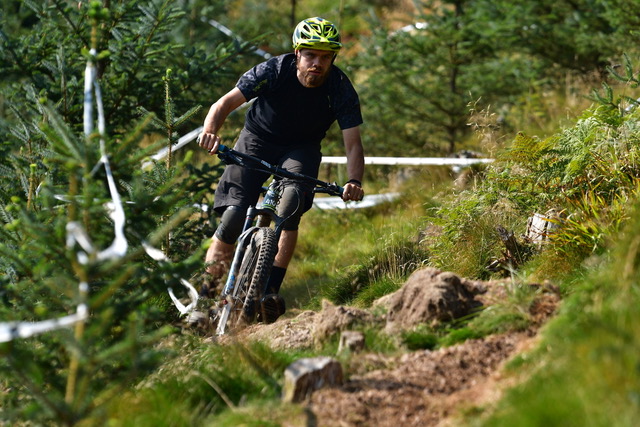
Graham is all about riding bikes off-road. He has some of the best mountain biking in the UK right on his doorstep. No stranger to big days in the saddle he's used some of the best hydration packs in events like the Dirty Reiver and Rapha Pennine Rally.
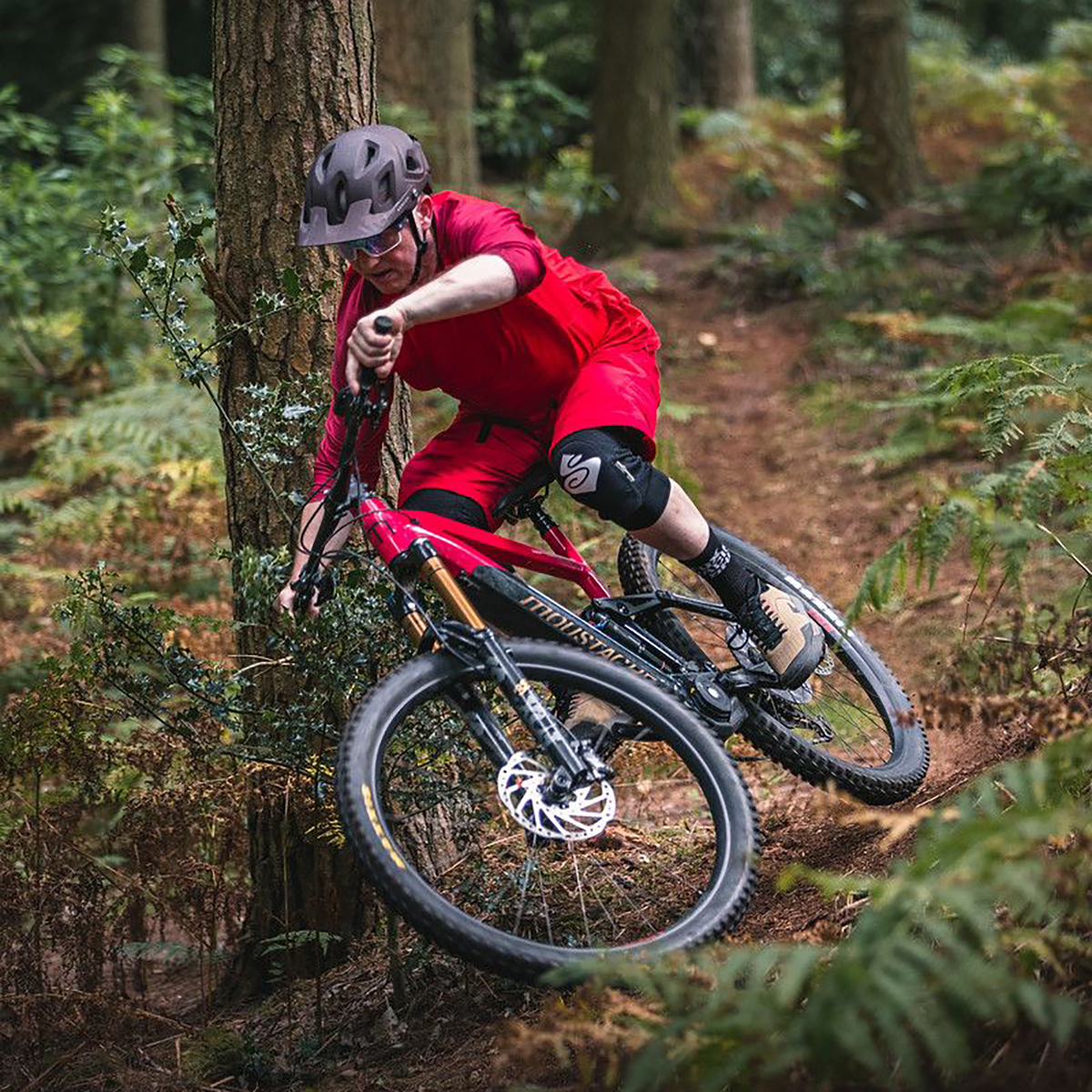
Paul has been testing bikes and products since before suspension, disc brakes, or dropper posts. He also knows a thing or two about keeping hydrated and which are the best recommended packs to do just that.
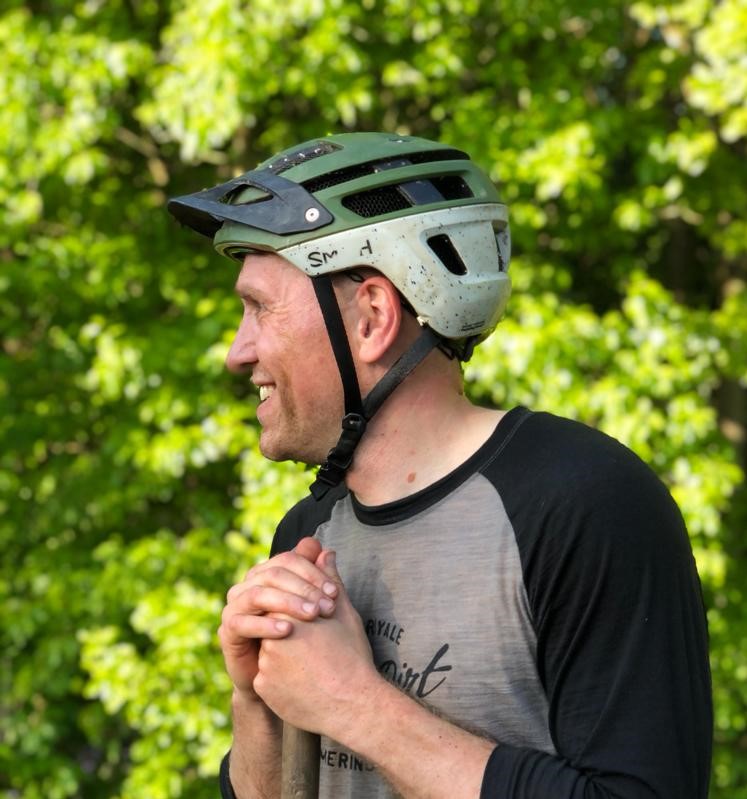
An ex-elite downhill racer, Mick's been mucking about and racing mountain bikes for over 20 years. He's tested plenty hydration packs and knows what to look out for when recommending the most suitable option.
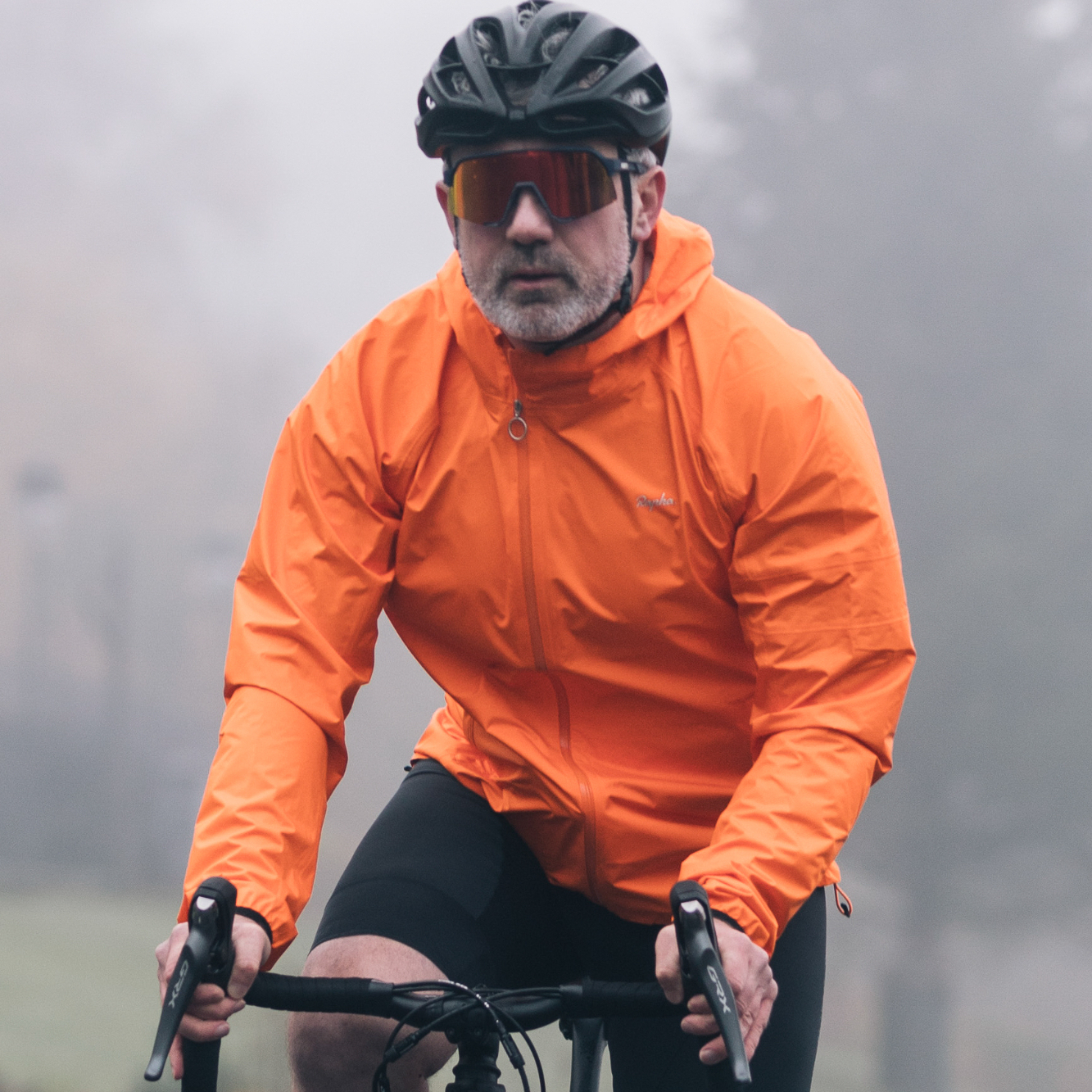
Paul Brett joined BikePerfect as a staff writer in 2022. He has been an avid cyclist for as long as he can remember, initially catching the mountain biking bug in the 1990s, and he raced mountain bikes for over a decade before injury cut short a glittering career. An award-winning photographer, when not riding a bike, he can be found at the side of a cyclocross track or a downhill mountain bike world championship shooting the action. Paul was the founder, editor and writer of Proper Cycling magazine, and he's traveled the world interviewing some of the biggest names in mountain biking and writing about some of the biggest cycling brands.
Current rides: Canyon Inflite, Specialized Diverge, Marin Alpine Trail 2
- Steve WilliamsFreelance writer
- Mildred LockeFreelance writer
- Graham CottinghamSenior reviews writer, Bike Perfect
